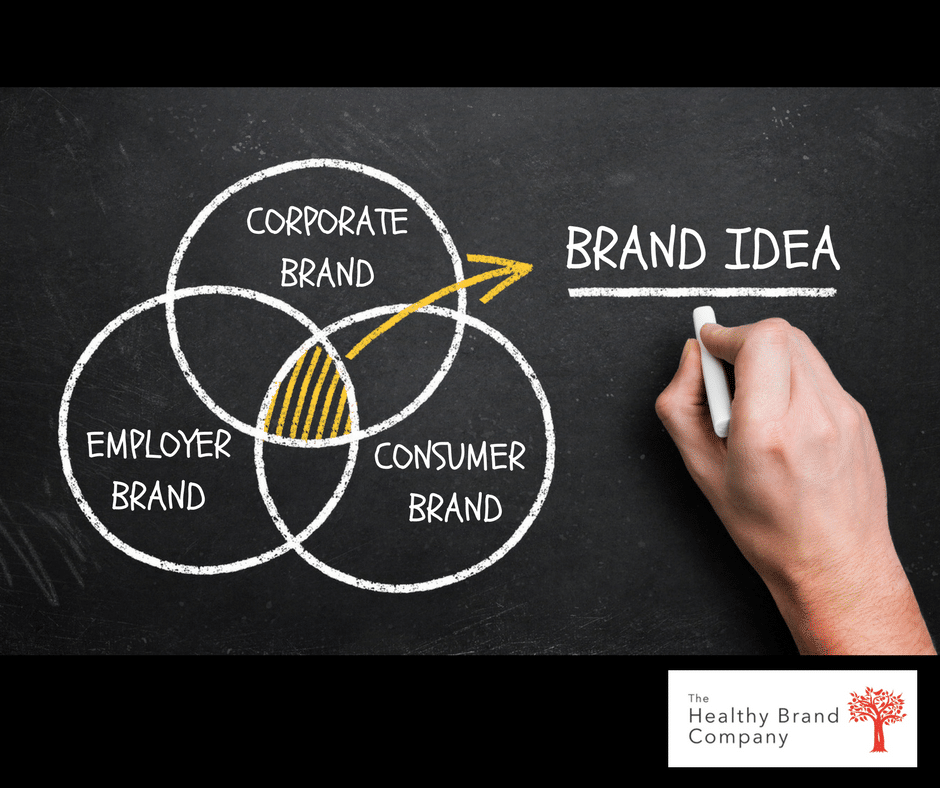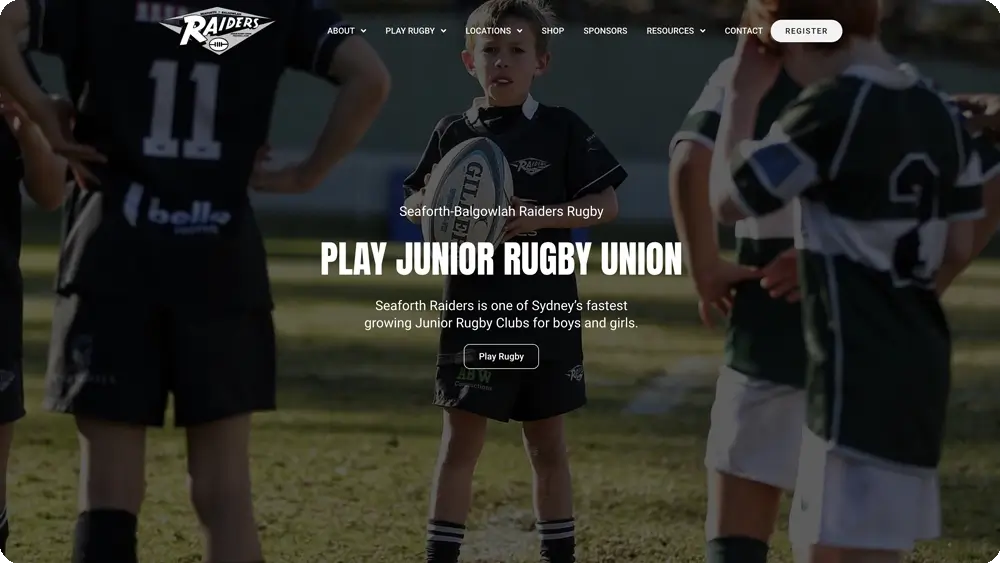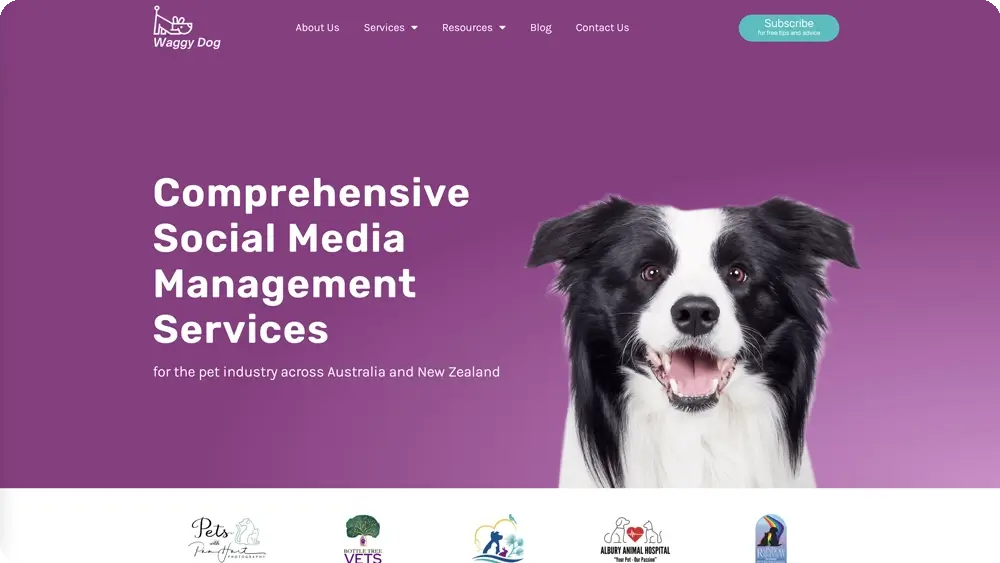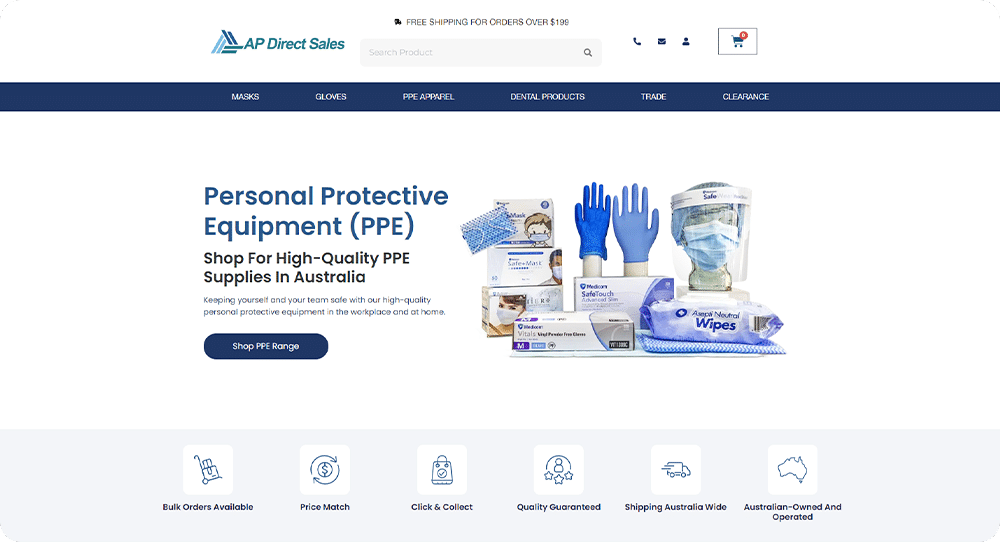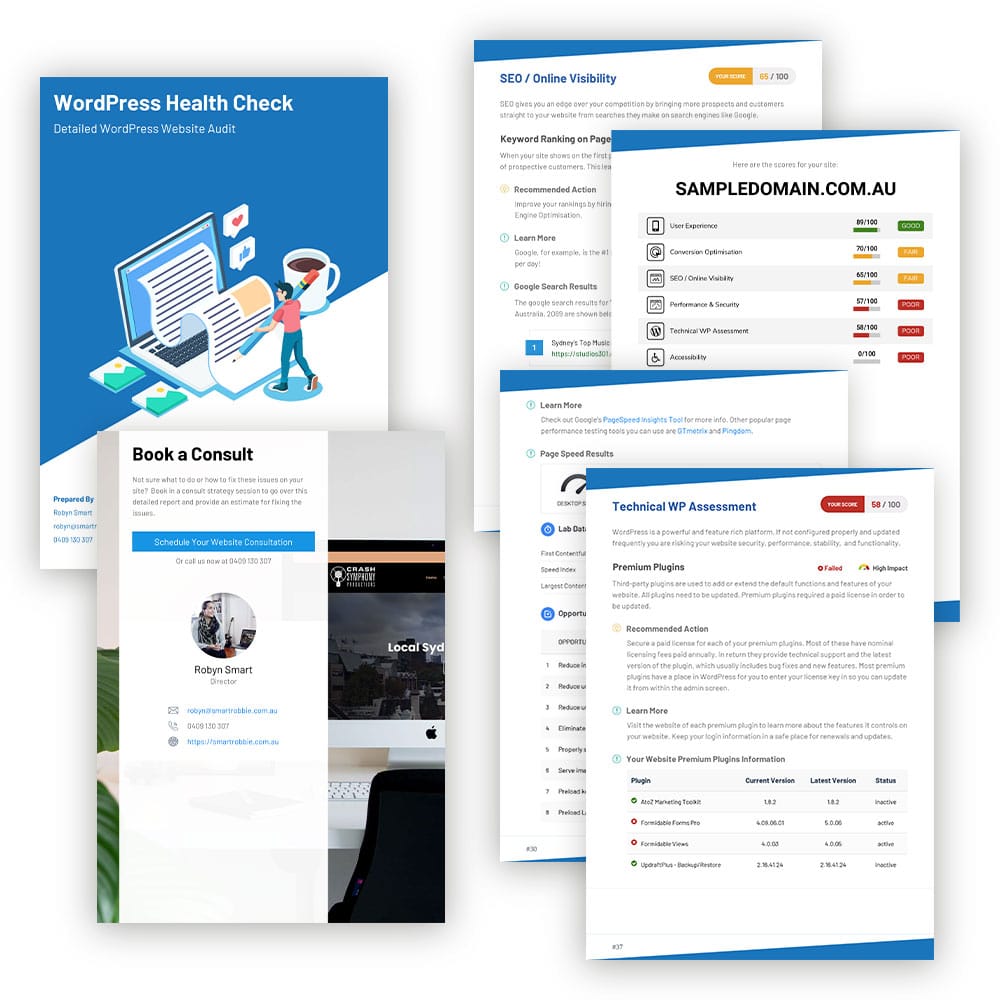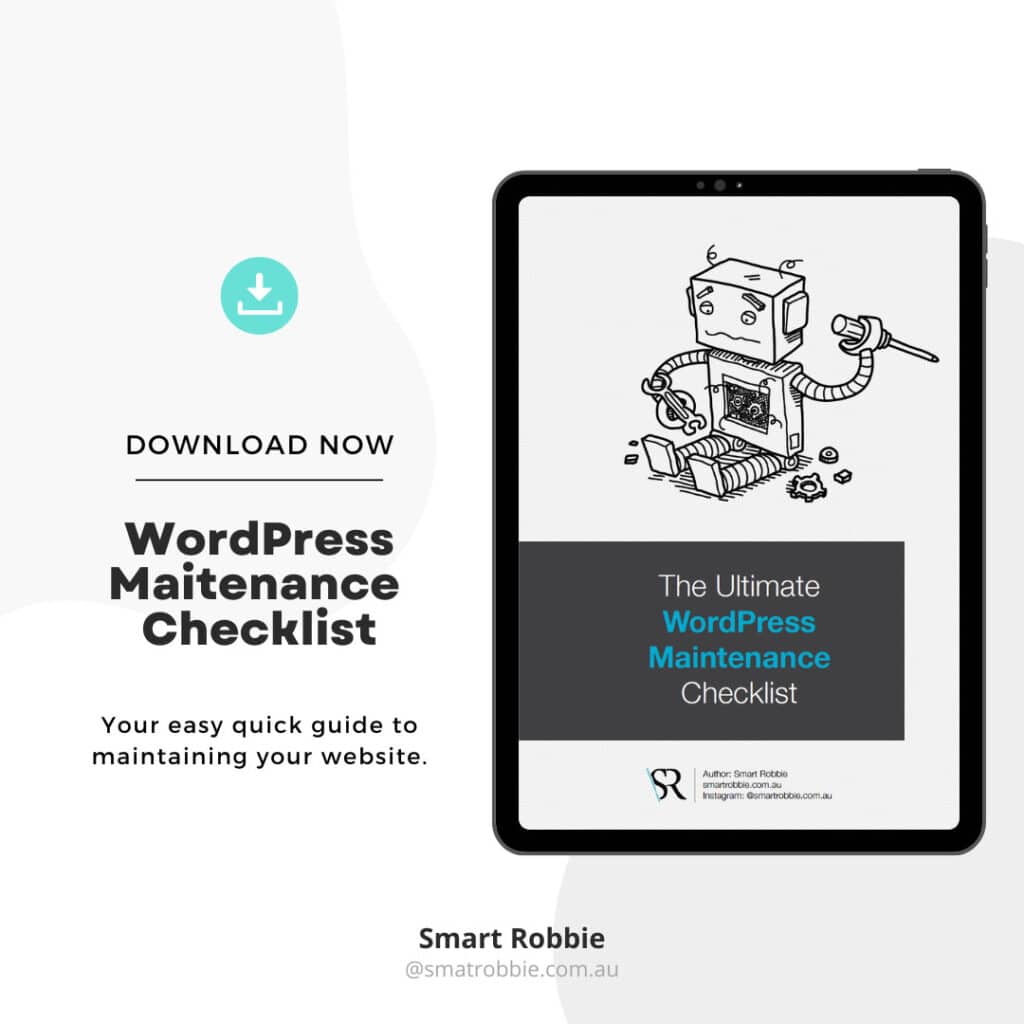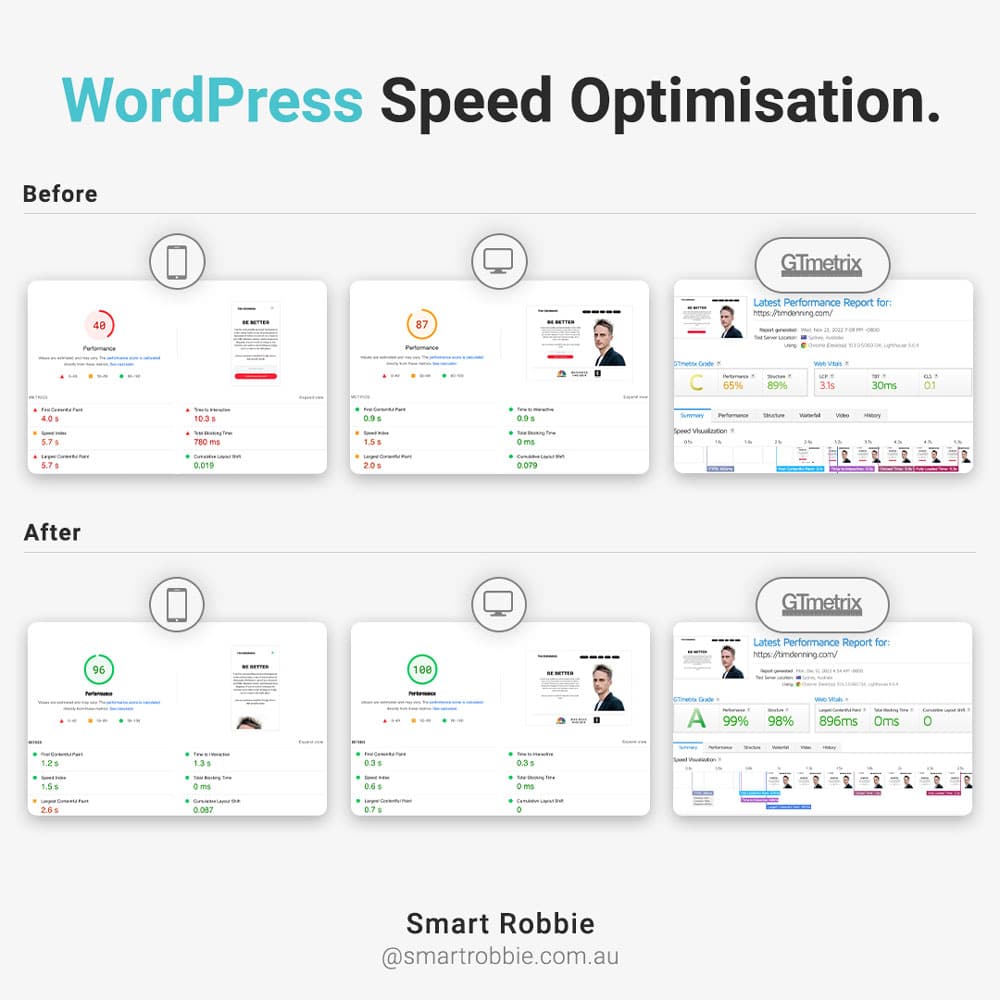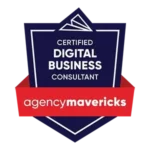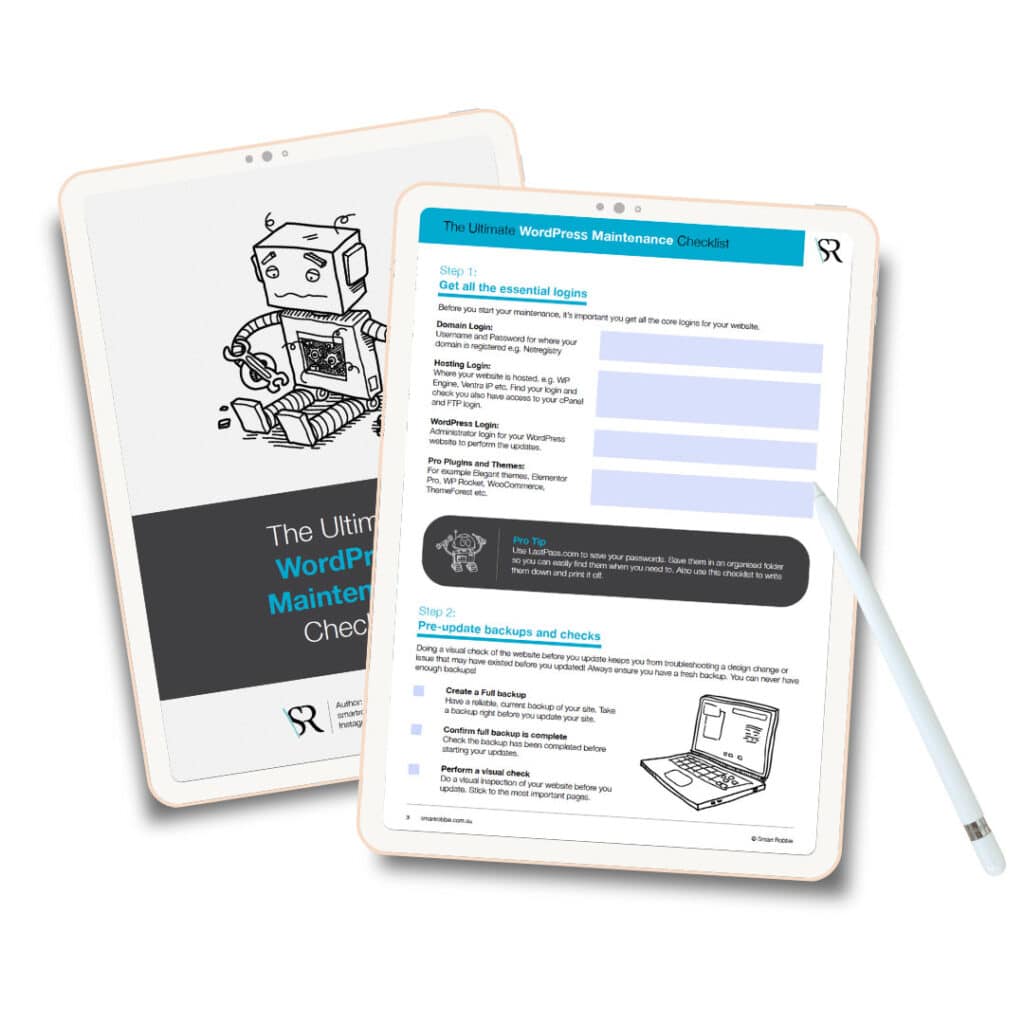Branding and Brand Strategy is an important part of any business. We recently talked to Rachel Bevans about the importance of Brand Strategy and how small business can implement some strategies today.
Tell us a little about yourself and your business
Hi. I’m Rachel Bevans. I’ve been working in brand and marketing for over 25 years, with the first 10 client side – Westpac, Glenfiddich Whisky, news.com.au, Unilever – the next 10 in brand, design, research and advertising agencies. I spent 8 of these 20 years overseas, in London and Singapore developing global and regional brand strategies.
I started The Healthy Brand Company 6 years ago to provide senior consultant services in research, strategy and planning, to help organisations of all sizes and sectors create a healthy brand and business.
What is a brand and why is it important?
Your brand is the image that people have in their minds about your business. It means something to them. It stands out from the crowd and differentiates you from your competitors. It sets an expectation of the experience they will get, every time they come into contact with you.
Every experience reinforces or detracts from the brand.
You can think of a brand as a combination of all the promises the brand has made to the customer, directly and indirectly, and the customer’s assessment of how well you have delivered against those promises at every experience.
What is brand strategy and how do you go about it?
A brand strategy is made up of a number of elements that are important for establishing where you want to go, defining your brand promise, ensuring you can consistently deliver against it and establishing your plans on how you will deliver it:
- Brand vision and objectives
- Brand positioning
- Brand architecture and naming
- Brand identity
- Brand experience
- 6Ps + Service
- Horizon plan
- Employer brand
- Brand marketing plan
1. Brand vision and objectives: Define where you want to be in 5-10 years time and the key objectives to get there. Your vision will be aspirational and often considers rational and experiential aspects of your future brand. Your objectives will primarily consider brand equity objectives – awareness, key attributes you want to be known for, quality and differentiation, alignment/warmth, loyalty and advocacy – your competitive market position, target audience objectives. For brand to be seen as a good commercial investment, objectives such as sales and profitability should also be considered. Larger businesses will have a brand value objective that monitors brand value. This is a more technical assessment and there is no standard way of measuring it. We work with accountants and brand valuation companies to help brands work this out.
2. Brand positioning: Define what the brand stands for and build a brand promise that is relevant, compelling and meaningful to your audiences and different, better, special to your competitors. You will need to understand who are your customers as part of or prior to defining your brand positioning. Your brand positioning consists of purpose and values, belief, proposition, proof points, personality and a brand idea that sums it all up. We will usually develop this into a brand narrative or manifesto, and 2-3 tiers of messages.
3. Brand architecture and naming: If you have more than one offering, you will likely need a brand architecture that identifies the relationships of each of the products/services/sub-brands to the master brand. This will help decisions for naming conventions. Naming your brand is an important and challenging process in creativity as much as it is due diligence in translation, online availability and legal considerations.
4. Brand identity: Encapsulate your brand positioning in your identity – logo, colour palette, typeface, symbols and graphic devices, photographic/illustrative style, tone of voice, behaviour – for people to instantly recognise your brand and remind them of its associated meaning within the crowded marketplace, building ‘salience’ or top of mind awareness.
5. Brand experience: Define how the brand positioning comes to life across all areas of the business (6Ps + service) – product, service, people, process, place, price, promotion – so you ensure that you can deliver consistently against your promise.
a. Horizon Plan: If you develop a more aspirational brand positioning, you may not be able to promise and deliver everything in Year 1. In this case, we develop an Horizon Plan which helps identify what you can say and do now versus in Year 2, Year 3 etc.
b. Employer brand: One area that we encourage businesses to consider developing during the brand strategy process is the internal and/or employer brand. This ensures that both sides of the coin are aligned – your external brand and your internal brand – inspiring the external brand from your people, ensuring your people are aligned to the brand and deliver consistently and authentically against it, and that the employee experience is aligned to the customer experience. At the end of the day, the customer (or employee) sees one brand and their image of the brand is made up of all the experiences – whether that’s recruitment advertising or product advertising, customer reviews of the product or employee reviews on what its like to work there.
6. Brand plan: Your brand plan will look at the key objectives and identify what you need to do to achieve your vision across all areas of the business. It will set up measures and process for monitoring brand performance against the objectives. Your brand plan will likely be 3-year. I often convert the Horizon plan into a Brand plan.
What’s the difference between a brand plan and a marketing plan?
Your marketing plan will look at financial objectives, customer goals (numbers of customers), the strategies (relevant awareness, education and trial, product/service delivery, repeat purchase, loyalty, advocacy) and tactics required to achieve these objectives and goals. It is much shorter term, usually annual with regular performance monitoring (depending on purchase cycle and rate of market change) to adapt/evolve tactics as required, in order to deliver against objectives.
What’s the difference between brand strategy and business strategy?
We think about brand as ‘brand-driven business’ so it does overlap with a business strategy.
Your business strategy will usually have a vision, purpose and values. The vision drives the business towards the future, it may be the same as the brand vision. Purpose and values sit at the heart of the organisation to align people and brands. They too may be the same as the brand. It will depend on the size and type of organisation, product and service offering.
Your business strategy will also have strategic goals (financial, competitive market positioning, share price) and identify the key strategic levers that need to be pulled for the business to deliver against its goals. One of these may be brand, but there are many other levers that go broader than brand: e.g. financial strength, customer centricity, digital transformation, data compliance, data strategy, people strategy, supplier strategy, innovation, risk strategy etc.
At the beginning of a brand positioning and/or marketing planning process, we sometimes do a full review of the market and business – similar to what you’d do in a business planning process – PESTLE (political, economic, social/cultural, technology, legal, environmental) analysis, researching the size of the market and trends, customers needs and problems, distribution channels, current brand (if it exists), business capability, capacity including production, IP, people – to identify the positioning opportunity, numbers of customers and ‘size of the prize’ financially.
A full business plan template is available from the government:
You can easily find examples online of business strategy overviews from ASX listed companies either standalone or in their annual report, so this is a great start if you want to understand more. The ASX Corporate Governance Council provides guidelines for listed companies. I find this a great reference. CGC Principles and Recommendations
5 common mistakes business do when creating their brand strategy?
1. Thinking about your brand as a cost rather than as an investment in the future of your business that drives long-term business value.
2. Confusion around ‘branding’ and ‘brand’. Usually branding refers to the brand identity elements. We would always encourage you understand what your brand stands for before you develop your brand identity.
3. Not setting the brand up for the future i.e. ‘future-proof’ your brand by thinking about what the market might look like in 5 years, PESTLE trends and where you want to be positioned in the future vs now
4. Developing a brand that is too aspirational, that the business can’t credibly deliver against
5. Not understanding your customer, their needs and values to ensure the brand is relevant, compelling and meaningful to them
Do you have 5 tips in developing a successful brand strategy?
1. Invest in both establishing and managing your brand. It gives you a guiding light for everything you say and do; it sets you up to successfully deliver against your promises and maximize marketing effectiveness; it is an asset for charging a premium, increasing loyalty/customer lifetime value, reducing risk and increasing business value.
2. Set the brand up for consistency. Apply your brand identity consistently across all touch-points so that the customer can easily identify your brand in the crowd. Ensure your people can consistently deliver against the promise at every touch-point, across every part of the business.
3. Understand and maintain relevance to your customers. Use both quantitative data and qualitative research ie talk to your customers to gain insights into what your customers value and need, what is their problem that only you can resolve? Keep an ongoing connection with your customers so you ensure your brand remains relevant over time. You shouldn’t have to change what your brand stands for in its DNA (think consistency), but you may have to think about revitalising your brand as the market shifts, new competitors enter, the business grows and/or you need to attract new customers (think relevance). We look at revitalizing brands every 5 years, often around at the 3-year point when you’re redoing brand plans, so organisations have time to go through the brand revitalization process and implement against it.
4. Elect brand champions. Across the business, elect people who emulate your brand as champions who can help others understand, align to and deliver against the brand. The bigger the business gets, the more important this is, as the owner is no longer as close to all employees.
5. Think alignment. Ultimately, you want customers, employees, investors, suppliers and partners to be aligned to the brand, its purpose and values, what it stands for. You want business and brand strategy to be aligned. You want external brand/s and internal brands aligned. Aligning people and brands will drive business results and raise brand value.
How can business contact you if they need help developing their brand strategy?
You can contact Rachel Bevans at Email or on 0467 441 841.
We can also connect on Linkedin
